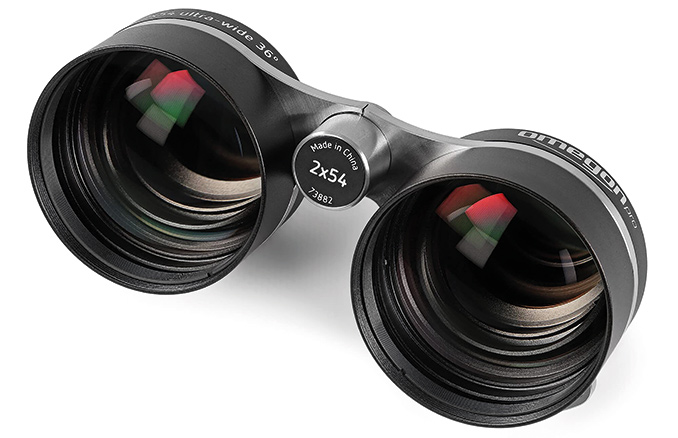Binoculars to boost your night-sky viewing – Astronomy Now
Omegon 2 x 54 wide-field binoculars
Multi-coating and blackened lens edges prevent reflections to ensure a clean untroubled field.
Galilean binoculars go all of the way back to, well, the time of the great man himself. I vaguely recall reading once that he conceived of strapping two of his telescopes together, but the source of this tale now escapes me. We do know that the first pair to be constructed were made by fellow Italian Cherubin d’Orléans in the 1670s, mounting two Galilean telescopes in parallel to achieve ‘binocular’ vision. He even incorporated individual eyepiece focusing!
In the nineteenth century, abbreviated ‘opera glass’ versions magnifying about 3× found favour in theatres – used as much to observe fellow patrons as the action on stage. A resurgence occurred in the mid-t...



